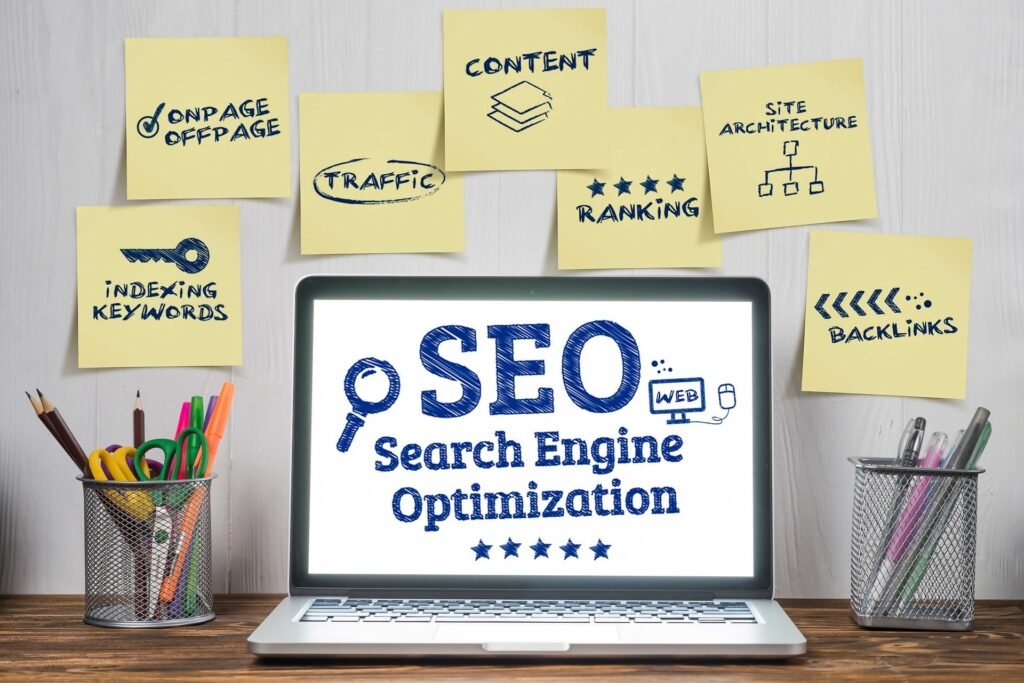Introduction to Business Promotion Tools
In today’s competitive market, business promotion tools are essential for increasing visibility and engaging with your target audience. These tools help businesses reach their goals by improving brand awareness, generating leads, and driving sales.
Promotion tools include a variety of resources, such as social media platforms, email marketing systems, search engine optimization (SEO), and analytics software. Each tool offers unique benefits, and choosing the right mix is key to creating effective marketing campaigns.
By understanding the strengths of different tools, businesses can tailor their strategies to meet specific goals and customer preferences. This ensures that promotional efforts are both efficient and impactful.
Identifying Your Business Needs
To choose the right promotion tools, it’s important to first understand your business needs. Start by defining your goals. Are you looking to increase brand awareness, generate leads, or improve customer engagement?
Next, analyze your target audience. Consider factors like age, location, and interests to determine which tools will resonate most with them.
Finally, evaluate your products or services. Different offerings may require different promotional approaches. For example, visual products may perform well on Instagram, while professional services might benefit more from LinkedIn.
By identifying your needs, you can select the tools that best align with your goals and audience.
Types of Promotion Tools Available
There are many types of promotion tools available, each with its own strengths.
Digital Marketing Platforms: Tools like Google Ads and Facebook Ads allow for targeted advertising based on user data. They also provide analytics to track performance.
Social Media Tools: Platforms like Hootsuite and Buffer help manage social media accounts, schedule posts, and analyze engagement.
Email Marketing Software: Tools like Mailchimp and Constant Contact enable businesses to create and send email campaigns, helping to nurture leads and retain customers.
SEO Tools: Solutions like SEMrush and Ahrefs improve search engine rankings by analyzing keywords and competitor strategies.
Traditional Marketing: Methods like print ads and direct mail can still be effective, especially in local markets.
By understanding these tools, businesses can create a comprehensive promotional strategy.
Evaluating Tool Features and Usability
When choosing promotion tools, it’s important to evaluate their features and usability.
Ease of Use: Look for tools with intuitive interfaces that are easy for your team to learn and use.
Integration Capabilities: Ensure the tools can integrate with your existing systems, such as CRM or CMS platforms.
Pricing: Compare pricing models, such as subscriptions or one-time fees, to find options that fit your budget.
Customer Support: Choose tools with strong customer support, including tutorials, documentation, and responsive help teams.
By carefully evaluating these factors, you can select tools that meet your needs and enhance your marketing efforts.
Budgeting for Business Promotion Tools
Creating a budget for promotion tools is essential for managing resources effectively.
Start by assessing your overall financial situation. Determine how much you can allocate to marketing without straining your budget.
Next, prioritize tools based on their potential return on investment (ROI). Focus on options that align with your goals and audience.
Consider different pricing models, such as subscriptions or one-time purchases, and choose the one that best fits your needs.
By planning your budget carefully, you can invest in tools that deliver the best results for your business.
Testing and Trial Usage
Before committing to a promotion tool, it’s important to test it thoroughly.
Free Trials: Many tools offer free trials, allowing you to explore their features without financial commitment.
Beta Testing: Participate in beta programs to provide feedback and identify potential issues.
Pilot Programs: Test tools on a small scale to see how they perform in real-world scenarios.
By testing tools before fully adopting them, you can ensure they meet your needs and deliver value.
Making an Informed Decision
Choosing the right promotion tools requires careful consideration.
Start by compiling all the information you’ve gathered during your research. Review trial experiences and feedback from other users.
Consider both short-term and long-term impacts. Some tools may offer quick results, while others provide sustained benefits over time.
Use a decision matrix to compare tools based on factors like cost, features, and ease of use. This will help you make an informed choice that aligns with your goals.
Implementation and Training
Once you’ve selected your tools, the next step is implementation.
Start by assessing your current systems to ensure compatibility. Develop a plan for integrating the new tools into your workflows.
Training is also crucial. Provide your team with hands-on workshops, tutorials, and ongoing support to help them use the tools effectively.
By implementing tools carefully and providing thorough training, you can maximize their impact on your promotional efforts.
Measuring Success and Adjusting Strategies
To ensure your promotion tools are effective, it’s important to measure their success.
Track metrics like conversion rates, customer engagement, and ROI to evaluate performance. Use analytics tools to gain deeper insights into customer behavior.
Be prepared to adjust your strategies based on the data. A/B testing can help you compare different approaches and identify what works best.
By regularly reviewing and optimizing your strategies, you can ensure your promotional efforts remain effective and aligned with your goals.

